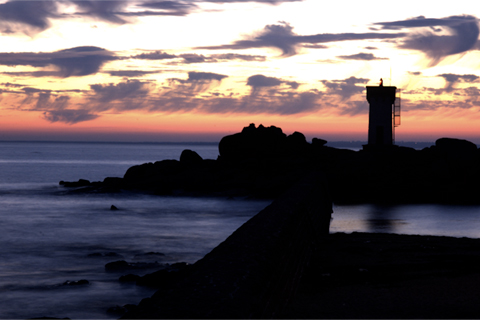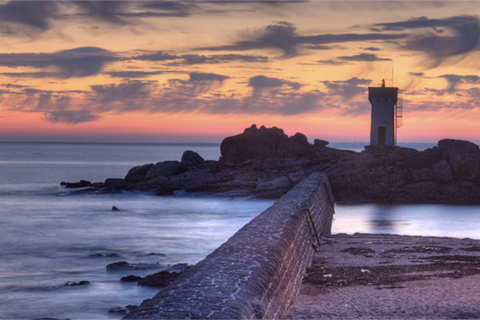A few weeks back, I wrote about my efforts to create a photographic image with high dynamic range (HDR). Since then, I’ve learned that Adobe Photoshop’s approach to HDR is really little more than exposure blending. I had been reasonably pleased with the results (at least on screen) but then I gave Photomatix Pro a try.

The initial HDR image that Photomatix Pro produced was disappointing, with deep shadows and washed out skies, but then I read in the help text that this was effectively in an unprocessed state, that my monitor cannot display the full range of information and that, in order to reveal highlight and shadow detail, I need to apply tone-mapping. Photomatix Pro did that for me and – wow! What a difference!

I thought this looked a little too surreal on screen so I reduced the luminosity (it’s actually much better when printed) but you can see how the detail is preserved throughout the entire exposure.

If I find myself creating other HDRs, I’ll probably purchase a copy of Photomatix Pro (and probably the Photoshop plugin version too) – until then I can continue to experiment with a fully-functional trial (but the resulting images will be watermarked – these screen shots are low-resolution previews). In the meantime, I’m going to try and get my head around the technical details of dynamic range, tone mapping and HDR imaging.
Did you shoot this fully bracketed or is this just one exposure tonemapped?
@hdr – the first image was three bracketed shots merged to HDR in Adobe Photoshop CS3 (as described in my original post). The second and third images on this post were tone mapped as well, using Photomatix Pro